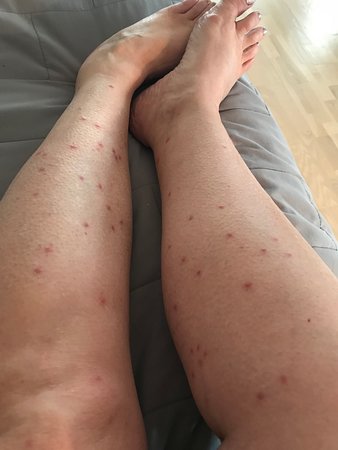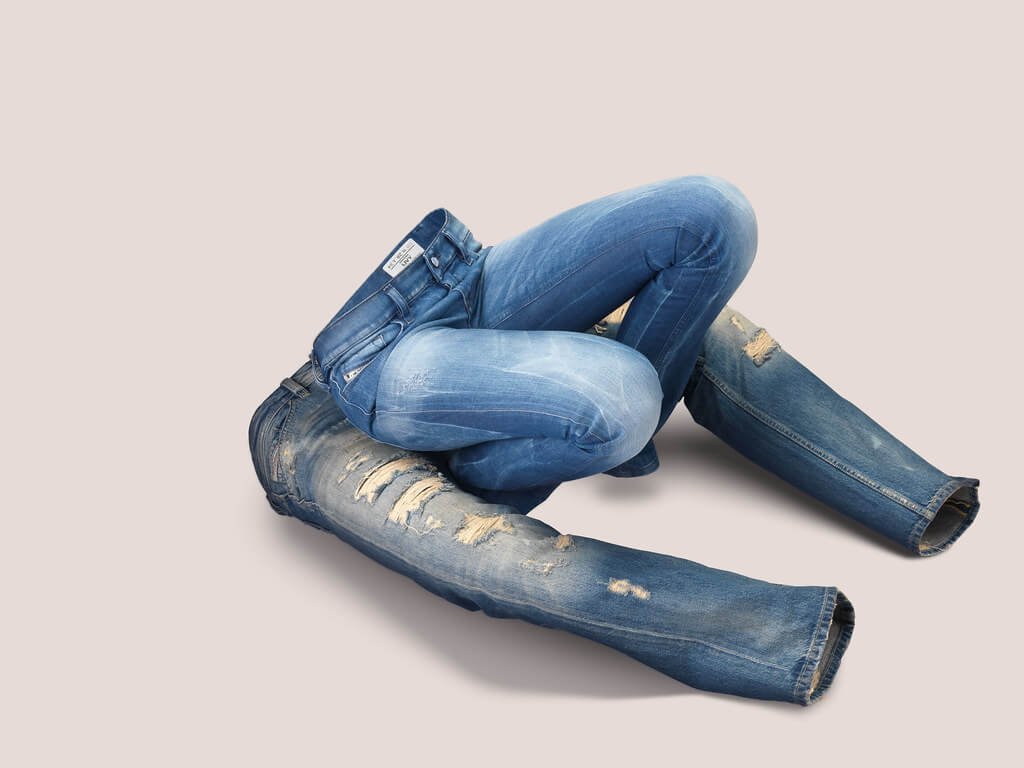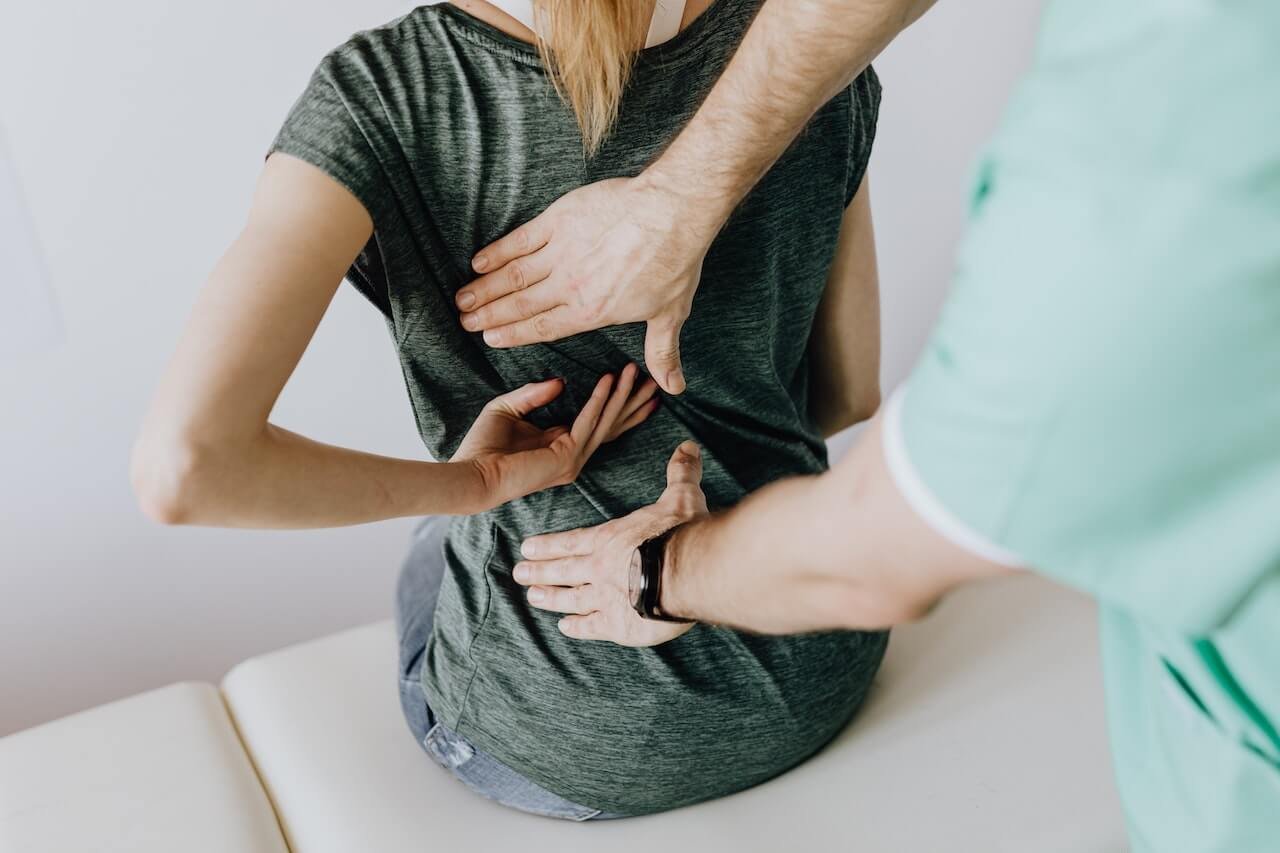Little crustaceans called sand fleas, often called beach fleas or sand flies, are common in sandy places, especially along the seaside. Sand fleas are not known to cause serious injury to humans, although their bites can be quite irritating. During the summer months, sand flea bites are a prevalent complaint among beachgoers, as reported by the American Academy of Dermatology.
Up to half of coastal inhabitants in Puerto Rico reported being bitten by sand fleas, according to one research. You can avoid the itching and suffering caused by sand flea bites by taking precautions and using treatments available today. Read on to learn about the signs and symptoms of a sand flea bite, as well as the best ways to avoid and manage an infestation.
Sand Flea Bites Example Pictures
Sand Flea Bites Diagnosis
Little crustaceans called sand fleas or beach fleas are common on sandy beaches and have been known to bite humans. Their bites can be rather painful and bothersome. In this reply, we’ll go over the physical manifestations of a sand flea bite, how to tell it from from other bug bites, and typical bite sites.
Physical symptoms of Sand Flea bites

Sand flea bites can cause a wide range of health symptoms, and some people may have none at all. Some of the more frequent signs, however, are:
- Intense itching: Sand flea bites can result in severe itching that can continue for days.
- Redness and swelling: Swelling and redness around the bite site is possible.
- Bumps or small blisters: The area around a bite could develop a few small, raised lumps or blisters.
- Pain: The bites can be painful, and you may feel a stinging sensation at the site of the bite.
- Infection: Occasionally, the bites get infected, causing more serious symptoms including fever and pus.
How to identify Sand Flea bites among other insect stings
Bite symptoms from sand fleas may resemble those of mosquitoes or fleas. However there are some distinguishing features that set them apart from other insect bites:
- Location: Bites from sand fleas most commonly occur on the feet and ankles because these insects tend to jump and attack while close to the ground. Yet, a mosquito bite can happen anywhere on your body.
- Pattern: Bites from sand fleas often occur in lines or groups, while mosquito bites tend to be solitary.
- Itching: Unlike mosquito bites, which may only produce minor itching, sand flea bites are known to induce extreme itching.
- Appearance: A black dot, representing the flea’s puncture wound, may appear at the center of a sand flea bite. Yet, a crimson halo may appear around flea bites.
Common locations for Sand Flea bites
Beaches, especially those in warm, tropical climes, are prime locations for sand flea populations. Biting is their specialty, and they often target vulnerable places like the feet and ankles. Sand flea bites are most frequently seen in these areas:
- Feet and ankles: Sand fleas tend to jump and bite close to the ground, making this a typical area for bites.
- Legs: The legs, especially the lower legs, are not immune to sand flea bites.
- Hands and arms: It’s possible to get sand flea bite on your hands and arms if you spend time digging in the sand or touching items that have been in contact with sand.
- Back and torso: Less frequently, sand fleas can also cause bites on the back and torso.
Causes of Sand Flea Bites
Little crustaceans called sand fleas or beach fleas are common on sandy beaches and have been known to bite humans. This response will focus on the reasons why sand flea bites occur, including how sand fleas bite and feed on humans, what increases the danger of being bitten by a sand flea, and why sand flea bites are more common in some regions or times of year.
The biting and feeding habits of sand fleas
Although they seem like fleas, sand fleas are actually tiny crustaceans. They prefer to make their homes in the sand near the water’s edge and are most commonly encountered in tropical regions. In order to bite and feed, sand fleas use their mouthparts, which are modified appendages called maxillipeds, on people and other animals.

The sharp mandibles of these maxillipeds are employed to grab onto flesh and penetrate it. After biting, they inject an anti-coagulant into the wound to keep the blood from clotting, allowing them to continue feeding for longer.
Risk factors for being bitten by sand fleas
The likelihood of being bitten by a sand flea might be raised by a number of different things. Among these are:
- Walking barefoot or in sandals on the sand increases the chance of being bitten by sand fleas because of their habit of jumping up from the ground to attack their prey.
- The chance of getting bitten increases if you spend time on the beach in the early morning or late afternoon, when sand fleas are most active and feeding.
- The chance of being bitten by sand fleas is increased by donning dark colours, as these hues serve as a beacon to the pests.
- Sand fleas are drawn to the fragrance of blood, so if you have any open wounds or scrapes, you put yourself at greater risk of being bitten.
Why Sand Flea bites are more common in some places or seasons
When sand fleas thrive in a certain area, human victims may experience an increase in the number of bites they inflict. For example:
- Sand fleas prefer warm, tropical settings, so you’re more likely to encounter them in places where the temperature and humidity are consistently high.
- As their name implies, sand fleas like sandy environments, making beaches a prime breeding ground.
- With high tide, the ocean washes sand fleas closer to the shore.
- Throughout the summer and fall, when temperatures are higher and humidity is higher, sand fleas are more active.
Health Risks Associated with Sand Flea Bites
Itching and swelling are the least severe effects of a sand flea bite, but more serious illnesses and allergic reactions are also possible. The common side effects of sand flea bites, including secondary infections and allergic responses, will be discussed below.
Complications from Sand Flea Bites

Some of the issues that can complications from a sand flea bite are:
- Bites from sand fleas have the potential to inflame and irritate the skin, which results in itching and redness.
- In addition to the initial symptoms, pus-filled blisters and other signs may develop if you scratch the affected area.
- Injuries caused by sand fleas can cause scarring and discoloration if they are scratched or bitten repeatedly.
- Fever and chills may be symptoms of a more serious infection brought on by a sand flea bite.
The link between bites from sand fleas and subsequent diseases
Scratching an infected region or allowing germs to enter a wound caused by a sand flea bite can both lead to subsequent infections. The introduction of new microorganisms from the skin’s surface via scratching might cause an infection.
In addition to being a nuisance, sand fleas can spread disease to humans through their bites because they harbour germs and other pathogens on their bodies. Cellulitis, a bacterial skin illness, can spread to the lymph nodes and circulation if left untreated and is caused by these bacteria.
Allergic reactions to Sand Flea bites
It is possible that sand flea bites could trigger an allergic reaction in certain persons. Common signs of a mild to severe allergic reaction include:
- Hives
- Swelling of the lips, tongue, or throat
- Difficulty breathing
- Dizziness or fainting
- Nausea and vomiting
Anaphylaxis is a rare but serious reaction to sand flea bite that requires prompt medical attention since it can be fatal.
How to Protect Yourself from Sand Flea Bites
Avoiding Sand Flea Bites: Precautions to Take

- Avoid sandy areas: Sand fleas are widespread in sandy environments, especially those close to water. Don’t go barefoot on sandy beaches or sit on the sand if you can help it.
- Stay indoors during peak activity: The best times to catch a sand flea are first thing in the morning and late in the afternoon. Staying indoors during sand flea season is recommended if you live in an area where the pests are prevalent.
- Use protective barriers: Use nets or screens to keep the sand fleas out if you live in a region where they are prevalent.
- Be aware of breeding grounds: It’s common for sand fleas to flourish in sandy environments that are also moist. Keep an eye out for sand fleas in damp or sandy places with a high water content.
- Keep your skin covered: Cover up with long sleeves and pants if you’re going to be in an area where sand fleas are prevalent.
- Use caution when walking on sand: Use shoes or sandals to protect your feet and ankles from sand fleas if you have to walk on sand.
Protective clothing and insect repellents
- Wear protective clothing: Wearing long sleeved shirts, pants, and socks can help prevent sand flea bites, which are widespread in some places.
- Use insect repellents: To prevent sand flea bite, use an insect repellent on any exposed skin. The most effective repellents against sand fleas are those containing DEET, picaridin, or oil of lemon eucalyptus.
How to reduce Sand Flea bites in certain places
- Beaches: Visit a beach that is less frequented and less likely to have a large population of sand fleas. It’s best to stay off the sand and avoid doing anything that can disturb your position, such sitting or lying down.
- Coastal areas: Staying in hotels or other accommodations with air conditioning and screened windows will help you avoid being bitten by sand fleas if you’re visiting a beach town where they’re common.
- Wetlands: Marshy or wet environments are ideal for sand flea reproduction. Avoid standing or walking on damp sand and always use mosquito repellent if you’re in these locations.
Treatment of Sand Flea Bites
Bites from sand fleas are usually not dangerous and can be treated with over-the-counter (OTC) medications or at-home therapies. Rarely, prescription medicine may be necessary for severe or prolonged sand flea attacks.
Home treatments for Sand Flea bites
- Soap and water can help heal the wound.
- In order to alleviate swelling and irritation, a cold compress or ice pack should be applied.
- To relieve itching, apply calamine lotion or a paste made of baking soda and water.
- To alleviate discomfort and itching, apply a solution of equal parts vinegar and water to the region.
- Aloe vera gel can be applied to the region to minimize swelling and speed up the healing process.
OTC remedy for sand flea bites
- Topical creams and ointments: Calamine lotion or hydrocortisone cream can be applied to the skin to alleviate irritation and minimise swelling.
- Antihistamines: It is possible to alleviate symptoms by using an antihistamine such diphenhydramine (Benadryl) that is available without a prescription.
- Pain relievers: Taken orally, OTC pain medicines like ibuprofen (Advil) and acetaminophen (Tylenol) can provide welcome relief from discomfort.
Prescribed Sand Flea bite medicine
- Corticosteroids: Prescription-strength corticosteroids may be necessary to decrease inflammation and itching caused by severe or persistent sand flea bites.
- Antibiotics: Antibiotics may be needed to treat or prevent an illness from sand flea bites in extremely rare circumstances.














